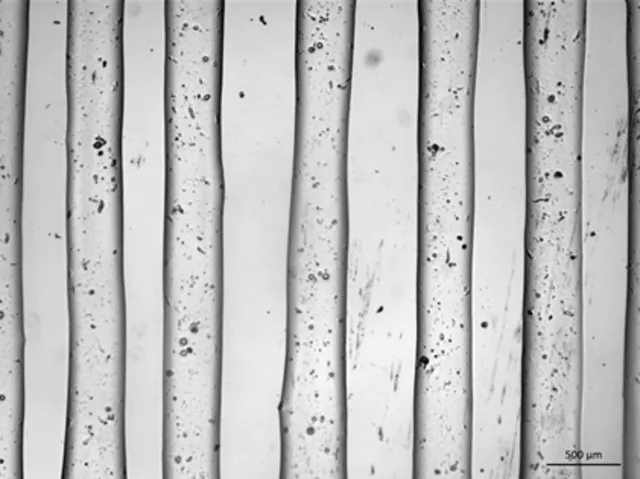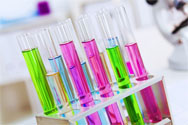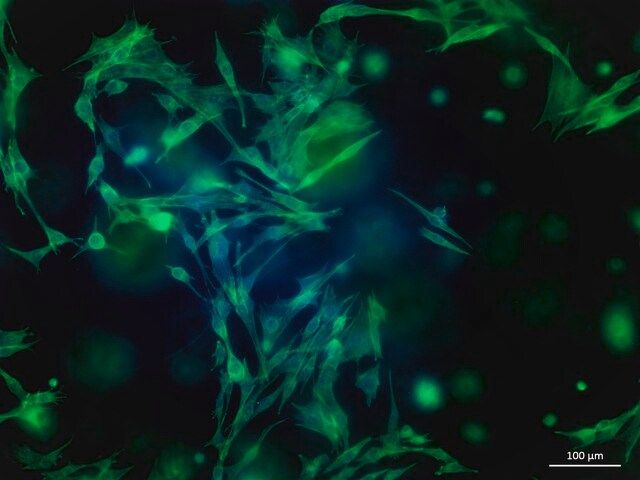您的位置:首页 > 产品中心 > TissueFab®-GelMA-UV bioink
TissueFab®-GelMA-UV bioink

| 产品编号: | 4062012 |
| 规格: | 0.2 μm sterile filtered, suitable for 3D bioprinting applications |
| 包装规格: | 1 EA |
| 产品类别: | 进口试剂 |
| 品牌: | Sigma-Aldrich |
| 优惠价: | 立即咨询 |
产品别名
TissueFab®-GelMA-UV bioink
Gelatin methacrylate
Gelatin methacryloyl
GelMA
Bioink
Gelatin methacrylamide
产品性质
| form【形式】 | viscous liquid |
| impurities【杂质】 | ≤5 CFU/g Bioburden (Fungal) ≤5 CFU/g Bioburden (Total Aerobic) |
| color【颜色】 | colorless to pale yellow |
| pH【pH值(酸碱度)】 | 6.5-7.5 |
| application(s) | 3D bioprinting |
| storage temp.【储存温度】 | 2-8℃ |
| packaging【包装】 | Product contains 10ml of solution packaged in glass bottle. |
基本信息
| General description【一般描述】 | 3D bioprinting is the printing of biocompatible materials, cells, growth factors and the other supporting materials necessary to yield functional complex living tissues. 3D bioprinting has been used to generate several different types of tissue such as skin, bone, vascular grafts, and cartilage structures. Based upon the desired properties, different materials and formulations can be used to generate both hard and soft tissues. While several 3D printing methods exist, due to the sensitivity of the materials used, extrusion-based methods with bioinks are most commonly employed. |
| Application【应用】 | Gelatin methacryloyl (GelMA) is a polymerizable hydrogel material derived from natural extracellular matrix (ECM) components. Due to its low cost, abundance, and retention of natural cell binding motifs, gelatin has become a highly sought material for tissue engineering applications. The addition of photocrosslinkable methacrylamide functional groups in GelMA allows the synthesis of biocompatible, biodegradable, and non-immunogenic hydrogels that are stable in biologically relevant conditions and promote cell adhesion, spreading, and proliferation. In addition to fast gelation, the methacrylamide functional group can also be used to control the hydrogel physical parameters such as pore size, degradation rate, and swell ratio. Temporal and spatial control of the crosslinking reaction can be obtained by adjusting the degree of functionalization and polymerization conditions, allowing for the fabrication of hydrogels with unique patterns, 3D structures, and morphologies. Gelatin methacrylate based bioinks have been used to bioprint osteogenic, chondrogenic, hepatic, adipogenic, vasculogenic, epithelial, endothelial, cardiac valve, skin, tumor and other tissues and constructs. |
| Other Notes【其他说明】 | Important tips for optimal bioprinting results
Procedure 1. Prepare bioink solution: Warm TissueFab® - GelMA-UV bioink in a water bath or incubator set to 37 ℃ for 30 minutes or until the bioink becomes fluid. Gently invert the bioink to make a homogeneous solution. DO NOT vortex or shake vigorously. 2. Prepare bioink-cell solution: Resuspend the cell pellet at the desired cell density with the bioink solution by gently pipetting up and down. Typical cell density for extrusion-based bioprinting is 1 to 5 x 106 cells/mL. Load the bioink-cell solution into the desired printer cartridge. 3. Bioprint: Cool the filled printing cartridge to 15–19 ℃ to induce gelation, using a temperature controlled printhead or place the cartridge in at 4 ℃ for 10–15 minutes. If print bed temperature control is available, set temperature to 15 ℃. Follow the 3D printer manufacturer′s instructions. Load the print cartridge onto the 3D printer and print directly onto a Petri dish or into multi-well plates. Adjust the flow according to nozzle diameter, printing speed, printing pressure, and temperature. 4. Crosslink: Place the UV light source directly above the 3D-bioprinted structure and expose the structure to UV light (wavelength 365 nm). Use the appropriate distance settings and exposure times for your bioprinter. 5. Culture cells: Culture the bioprinted tissue with appropriate cell culture medium following standard tissue culture procedures. |
| Legal Information【法律信息】 | TISSUEFAB is a registered trademark of sigma-aldrich Co. LLC |
安全信息
| Storage Class Code【储存分类代码】 | 10 - Combustible liquids |
| WGK | WGK 3 |






